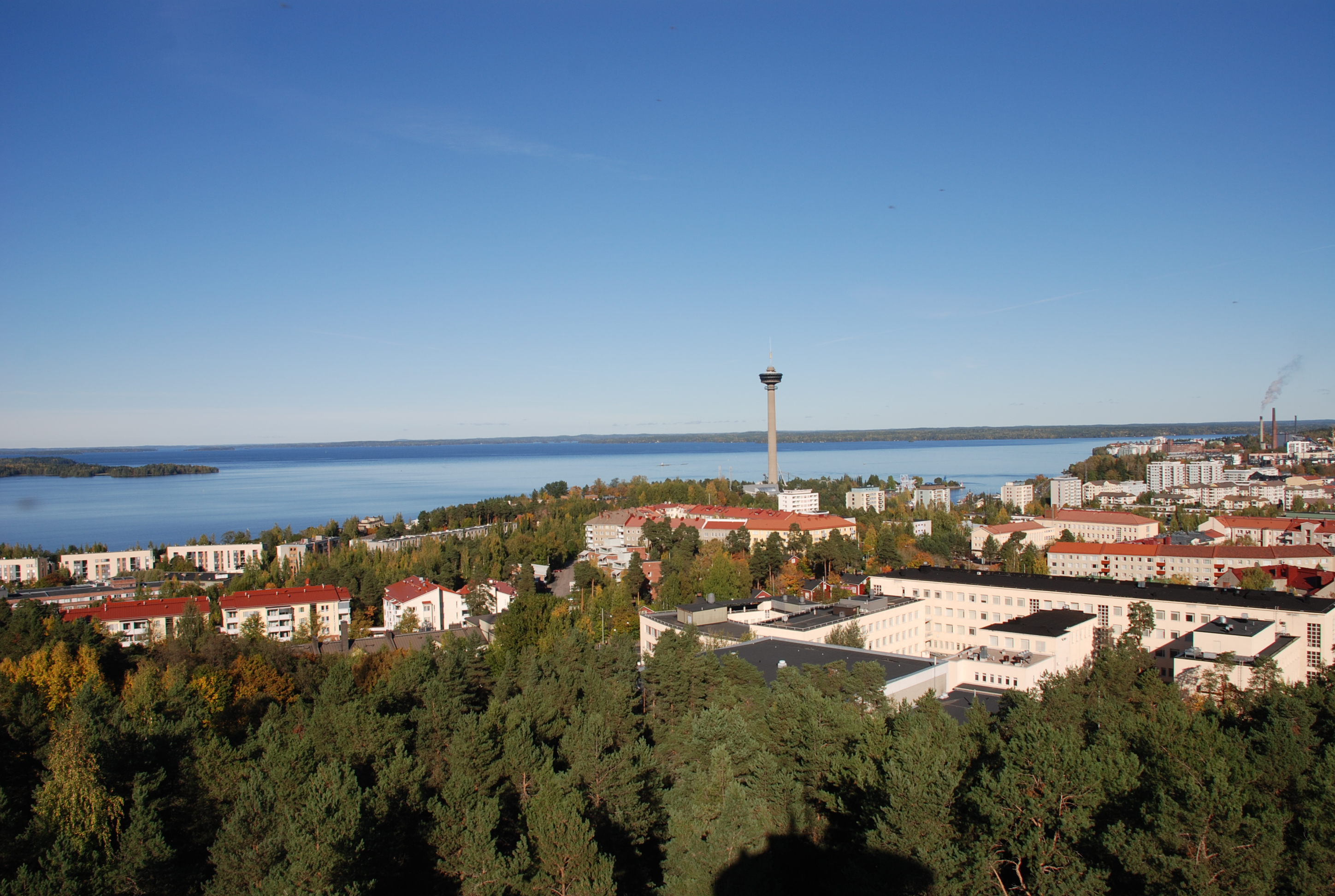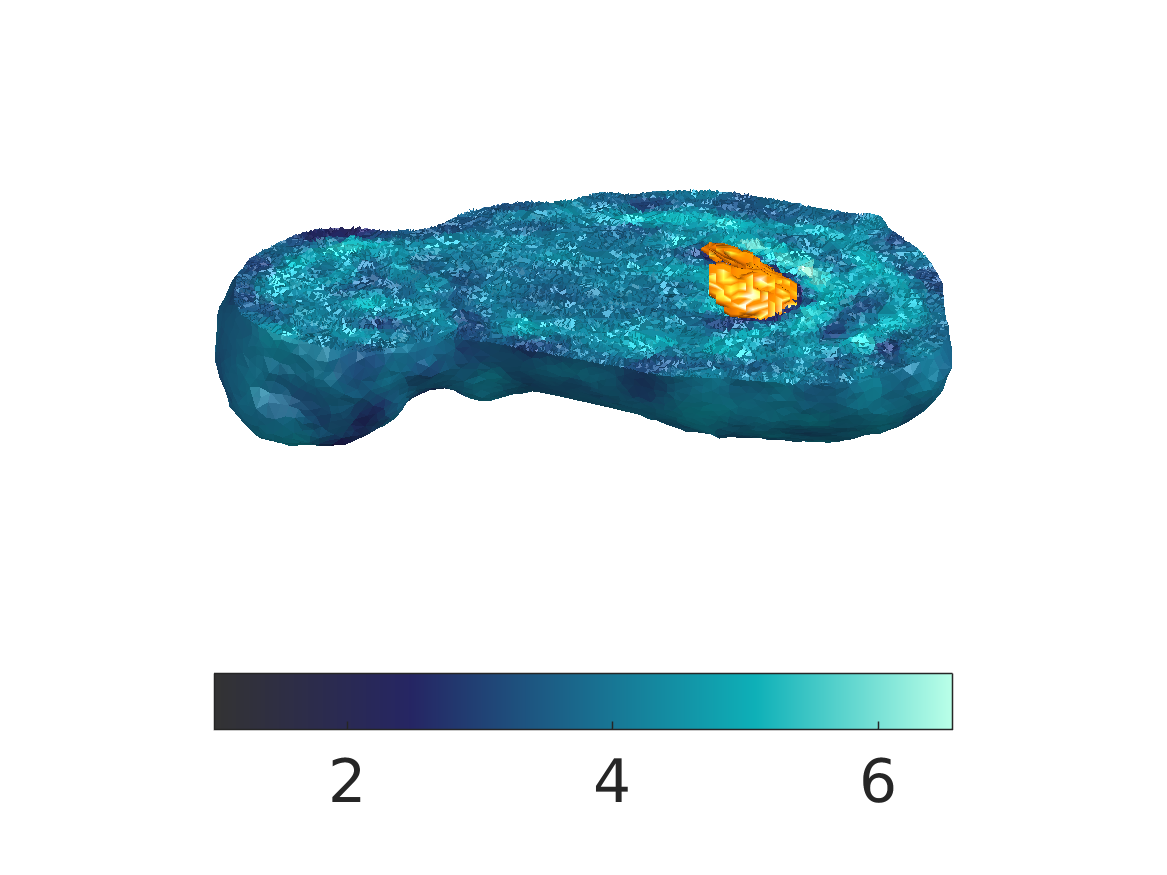Our goal is to reconstruct the interior structure of an a small solar system body (SSSB), that is, an asteroid or a comet. The first attempt to measure the interior of an SSSB was carried out in the European Space Agency’s (ESA) mission Rosetta which Comet Nucleus Sounding Experiment with Radiowave Transmission (CONSERT) studied the comet 67P/Churyumov-Gerasimenko in 2014. CONSERT showed that the internal properties of a comet can be studied with a bistatic radar configuration of radiowave transmission between an orbiter and a lander by investigating the travel time of the electromagnetic wave through the body [1]. ESA’s next major asteroid mission proposal HERA is planned to be equipped with a Juventas CubeSat carrying a low-frequency bistatic radar system to map the internal structure of the binary asteroid system Didymos by performing radar tomography. Numerical studies investigating radar tomography for a realistic internal permittivity distribution model based on the shape and data of the asteroid Itokawa [2] have shown that a bistatic radar can detect deep interior electrical permittivity anomalies and recover internal structural properties in an asteroid.
Please contact: Associate Professor Sampsa Pursiainen, Faculty of Information Sciences, Tampere University (sampsa.pursiainen@tuni.fi).
[1] Kofman, Wlodek, Alain Herique, Yves Barbin, Jean-Pierre Barriot, Valérie Ciarletti, Stephen Clifford, Peter Edenhofer et al. “Properties of the 67P/Churyumov-Gerasimenko interior revealed by CONSERT radar.” Science 349, no. 6247 (2015): aab0639.
[2] Sorsa, Liisa-Ida, Mika Takala, Patrick Bambach, Jakob Deller, Esa Vilenius, and Sampsa Pursiainen. “Bistatic Full-wave Radar Tomography Detects Deep Interior Voids, Cracks, and Boulders in a Rubble-pile Asteroid Model.” The Astrophysical Journal 872, no. 1 (2019): 44.





